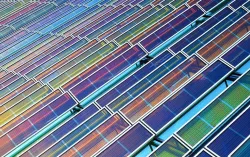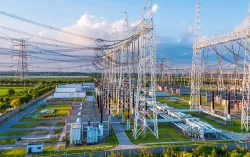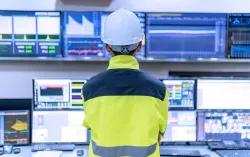
In part two of their Energy Transition Talks conversation, Peter Warren and Frédéric Miskawi, Vice-President of Global AI Enablement at...

In the latest Energy Transition Talks podcast, CGI’s Peter Warren sits down with Frédéric Miskawi, Vice-President of Global AI Enablement...

In part two of CGI’s Energy Transition Talks, host Angelina Bakshi continues her conversation with Frank Schmidt, Vice-President for CGI...

In part one of their Energy Transition Talks conversation, Business Consultant Angelina Bakshi and Frank Schmidt, Vice-President for CGI...

Explore how the insurance industry is transforming in response to uncertainty—rethinking resilience, risk and the role of people in...

In this episode of CGI’s From AI to ROI podcast series, host Fred Miskawi, Vice-President - AI Innovation Expert Services Lead at CGI, is...

The discussion covers where AI delivers measurable ROI, lessons learned and best practices from real-world implementation experiences. It...

